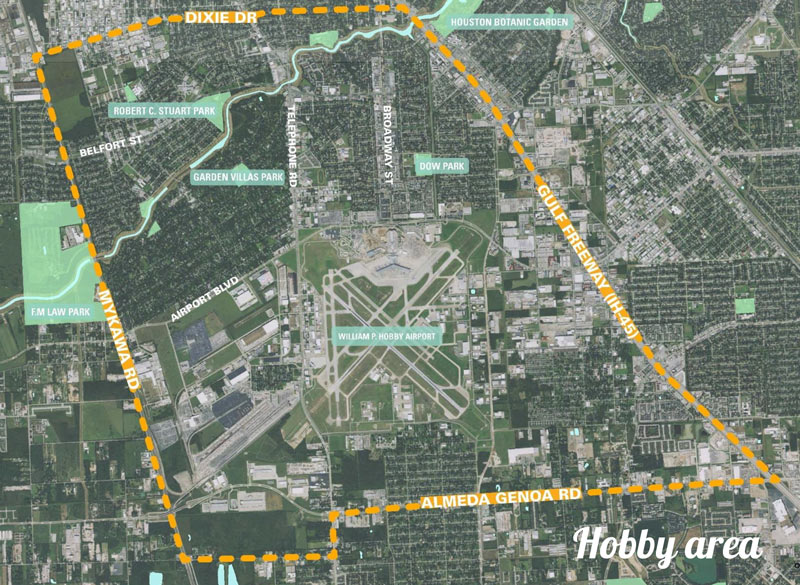
The Gulfgate-Mall-seeded TIRZ that absorbed many of the commercial corridors around Hobby Airport back in 2014 has been weighing plans for redeveloping the acquired zone, working with the Houston-Galveston Area Council through the organization’s agreeably-named Livable Centers program. A few public workshops were held last month; a reader tells Swamplot that the management district’s consultants have also been interviewing area real estate folks as they come up with ideas for new developments to suggest. The next workshop is planned for the evening of Wednesday, July 13th; the district is pushing an online survey in the meanwhile.
Presentation slides from the most recent workshop included the map below of sidewalks in the area being studied (roughly bounded by I-45, Almeda Genoa Rd., Mykawa Rd., and Dixie Dr., as shown above) — roads marked in green have new sidewalks, yellow lines highlight sidewalks rated by the district as good, red shows sidewalks rated as poor, and brown shows roads with sidewalks rated as missing:
***
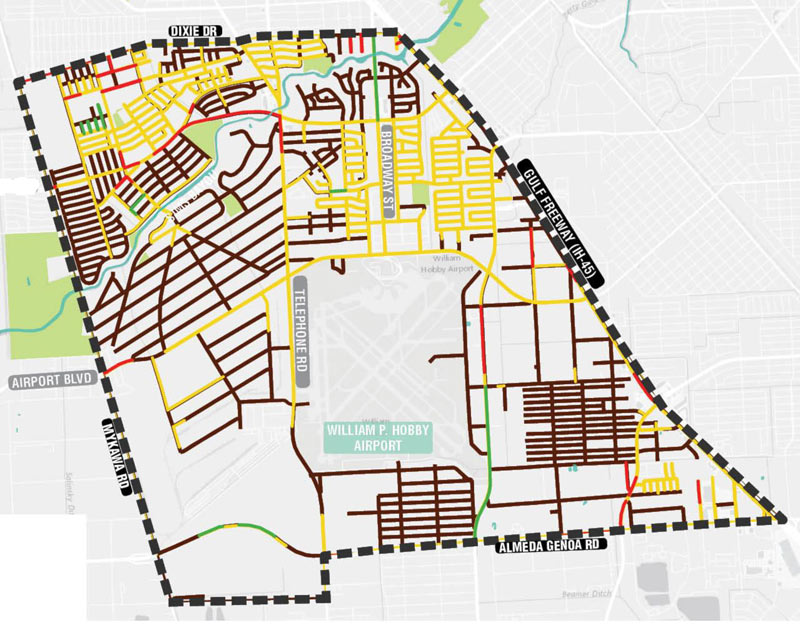
The presentation also includes what appears to be a time lapse sequence of hypothetical redevelopment of a streetscape in the zone (which includes the airport-aimed Broadway St. corridor already slated for landscaping by Scenic Houston) — the photo used as the base for these renderings, however, actually shows the intersection of N. Broadway and W. Murdock streets in Wichita, Kansas:Â
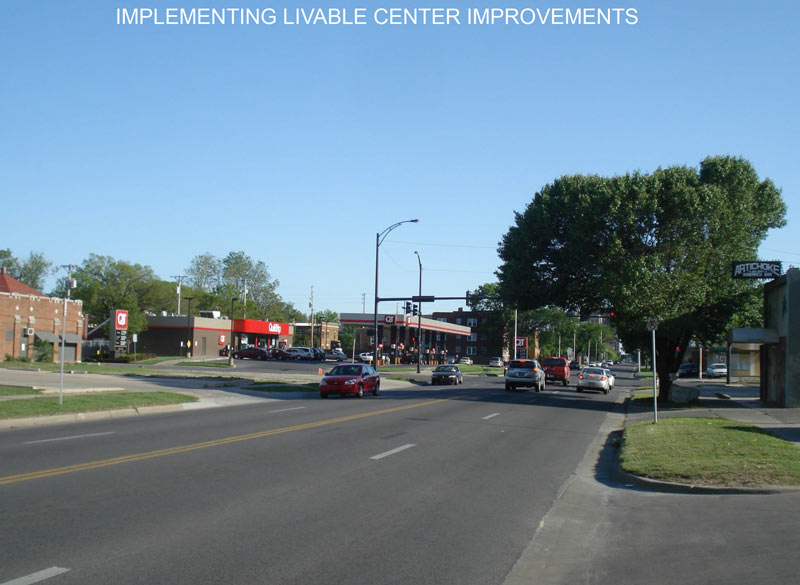
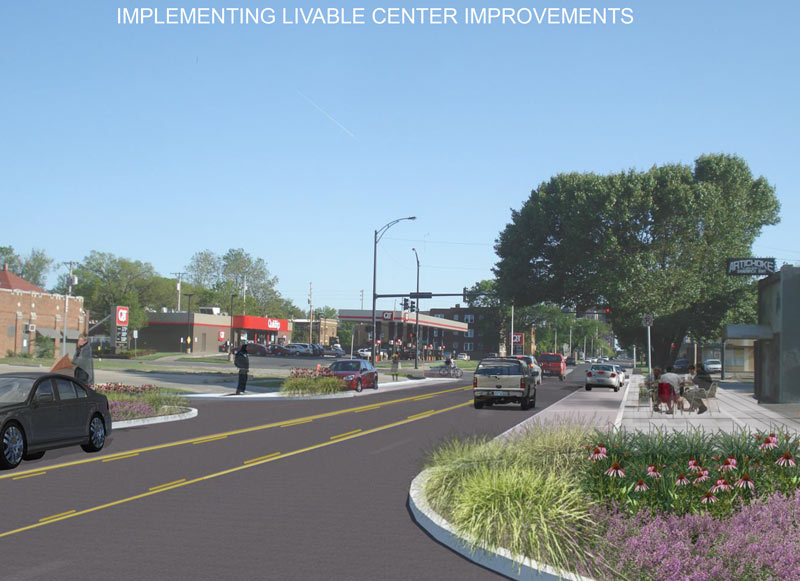
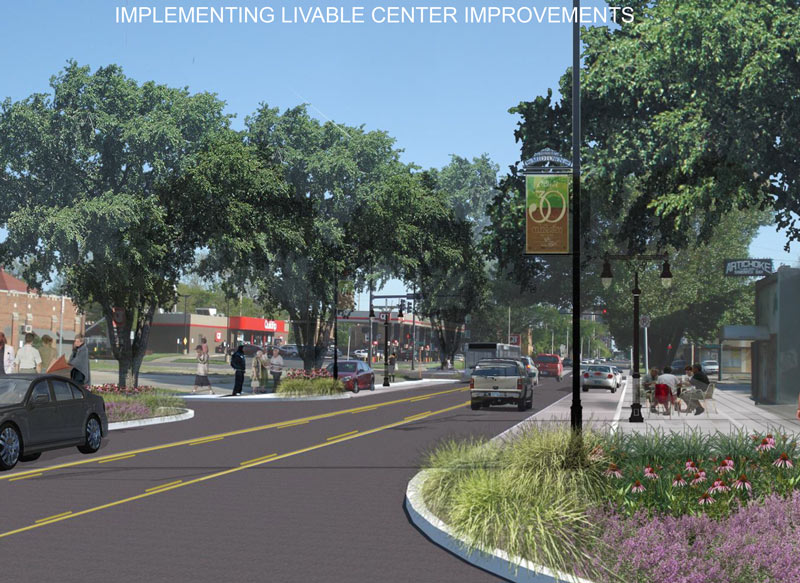
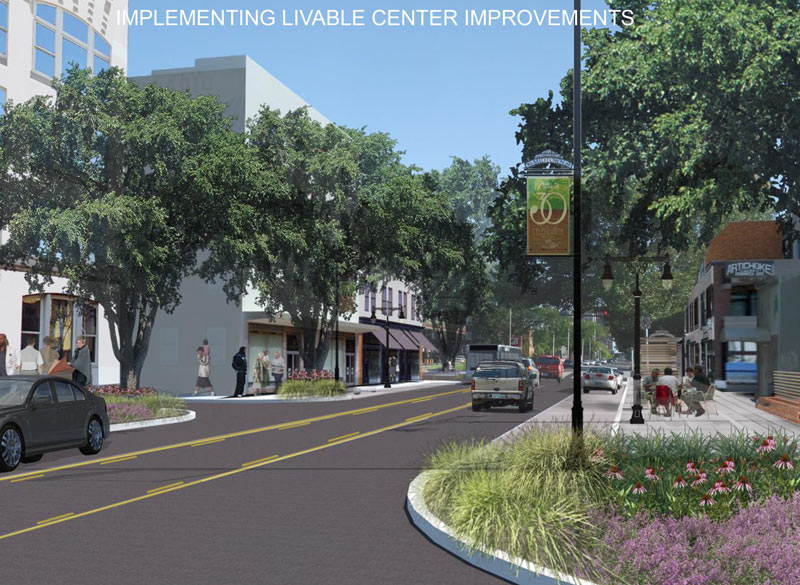
- Hobby Area Livable Centers Study [H-GAC]
Images:Â Houston-Galveston Area Council


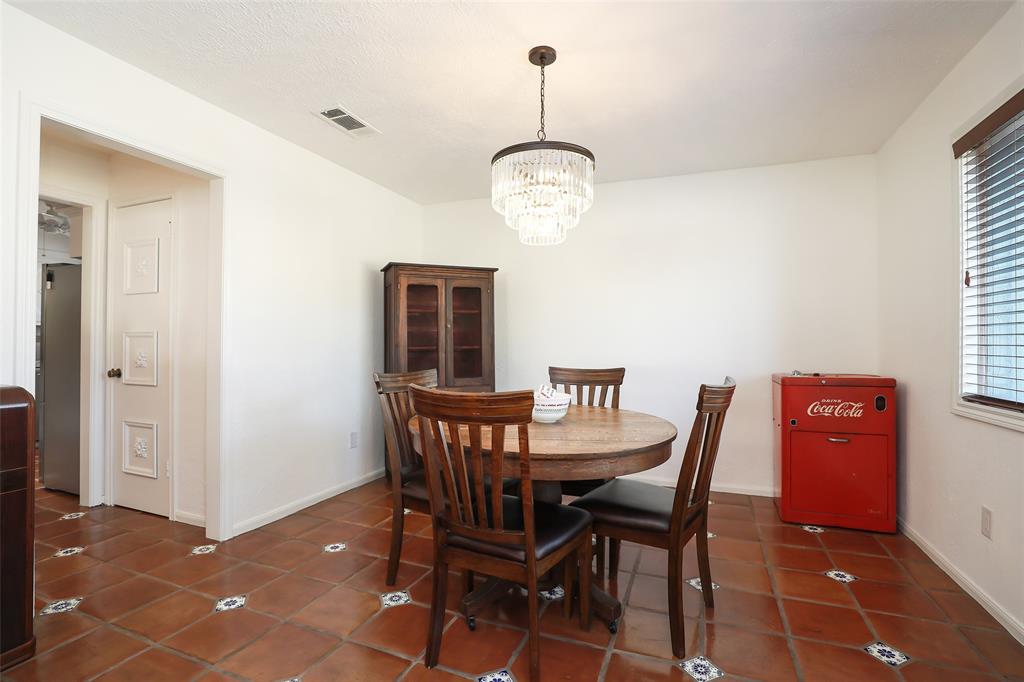
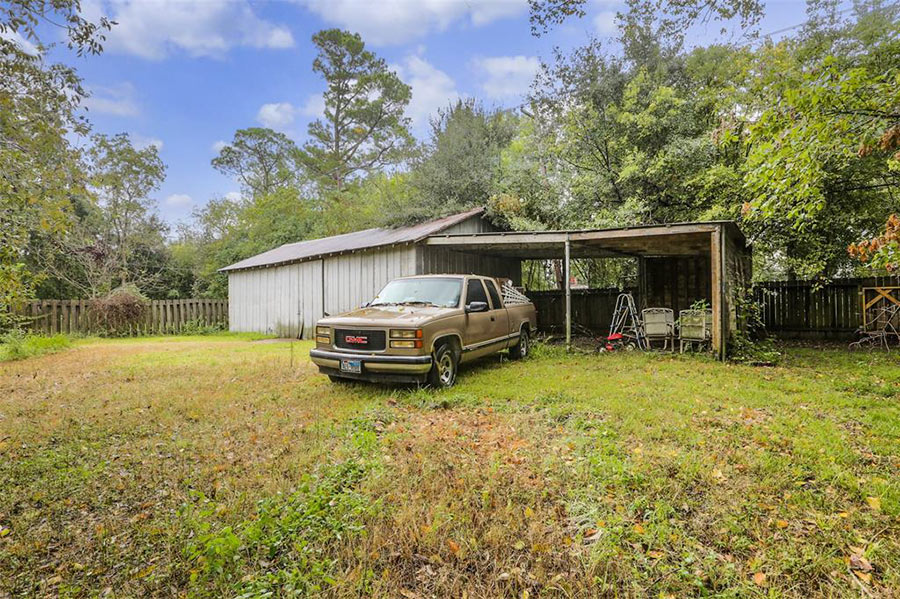
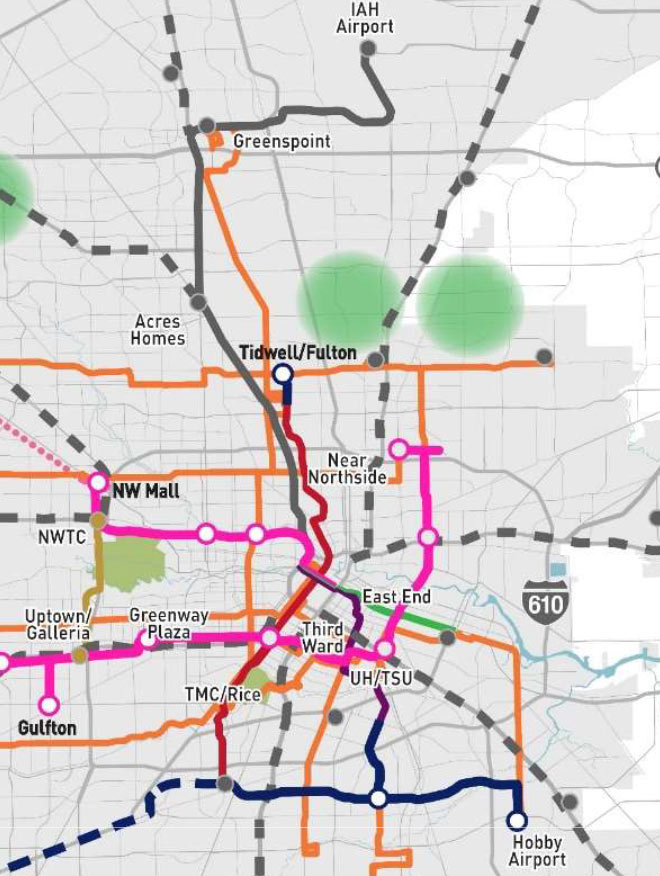
I love the red car driving over the flowers in the time lapse. It is hard to believe that an entire traffic lane on a major thoroughfare would be taken up for the installation of landscaping. Interviewing realtors for ideas will get you a very biased set of ideas, all based on what they think will make property values rise – not necessarily what’s good for the overall quality of life or general health of the neighborhood.
Hilarious that the base for the time-lapse photo is from WICHITA, KANSAS. It is almost saying that there isn’t one photo-worthy spot in the TIRZ to use as a base since it would be practically a wasted effort.
.
But, if they have to target their dollars, coordinate and spend on the Broadway and Airport paths to Hobby Airport since that is what most visitors see of the area. Then, work outwards.
I see the lane taken away not just for landscaping, but also for curbside parking. Depending on the location, this can be a help to retail. Streets like this are being built from scratch right through the hearts of trendy “town center” developments in the suburbs.
Curbside retail/resturant is illegal in Houston. Does the TIRZ give them the ability to skirt the 25ft setback and 7 spaces per 1000sq ft of business minimums?
I totally understand the desire to improve approaches to the airport and to address the poor walkability of a large cluster of apartment complexes, and these are both worthy objectives. But…this is Broadway and the long-term rendering posted here reflects a streetscape from some realm of fantasy.
.
The study indicated that sidewalks should be a priority. That’s great and all, its certainly needed along Broadway, but building them is going to meet a shortcoming that already existed. To make new on-street parking? For what? Gas stations, c-stores, a bank branch, various other little strip centers with a statutory excess of parking? From Bellfort, going north, yeah okay maybe. But people don’t tend to parallel park in front of multifamily, almost ever. Use those spaces for bus pull-ins and use extra ROW for landscaping or for stacking of traffic when an access gate to an apartment complex backs up. Let’s just be realistic about that.
To me the million dollar question is why was the Gulfgate TIRZ expanded to include Broadway? Then these studies? I’ve heard rumors Ed Wulfe pushed for the expansion of the TIRZ. Did he do that for no reason? I somehow doubt that, so maybe there is some actual plans to do something with that stretch. Who knows.
Regarding TIRZ 8, an investor has purchased a large chunk of the apartments around the Broadway / Airport intersection and is right now in the process of upgrading tenant standards and some renovation. Their middle to long term plans include potential mixed-use redevelopment. So it’s not out of the question that curb parking might be appropriate at some point in the not too distant future.
If you want to improve the area with prettier sidewalk then don’t waste the money. The only major improvement not only for the are but for the entire city is to connect the airport with Downtown with the MetroRail. Improving transportation will improve business, and it’s taxes will sustain the maintenance of the sidewalks and roads.
@ Planner: I can envision a Hobby-centric project with some kind of concept including a hotel, small executive office suites and meeting spaces, a restaurant. That sort of thing. At some point. That’s one project which would perhaps be dense and would perhaps benefit from on-street parking. But its exceedingly difficult to envision a transformation of the entire streetscape under any circumstances which would follow a time horizon that is in any way relevant to investments being made at the present time.
@ Oscar: If there’s going to be any new light rail at all in the near future, it will have to happen as the result of a total rethinking about how mass transportation is financed at the local level and that would require state-level legislative attention. It seems unlikely. Broadway could be a good BRT route, though.
@ Niche: You are correct on timing. Frankly I would like to see a systematic city-approved process by which individual property owners could move curbs to add on-street parking and re-route the sidewalk accordingly, converting storm drain portals and gutters to french drains on the same alignments. That way developers can add such parking as their projects warrant. Furthermore, if we’re going to continue to require on-site parking (which we shouldn’t but is still a heavy political lift to remove), those adjacent on-street spaces should be counted toward the requirement even though they’re public.